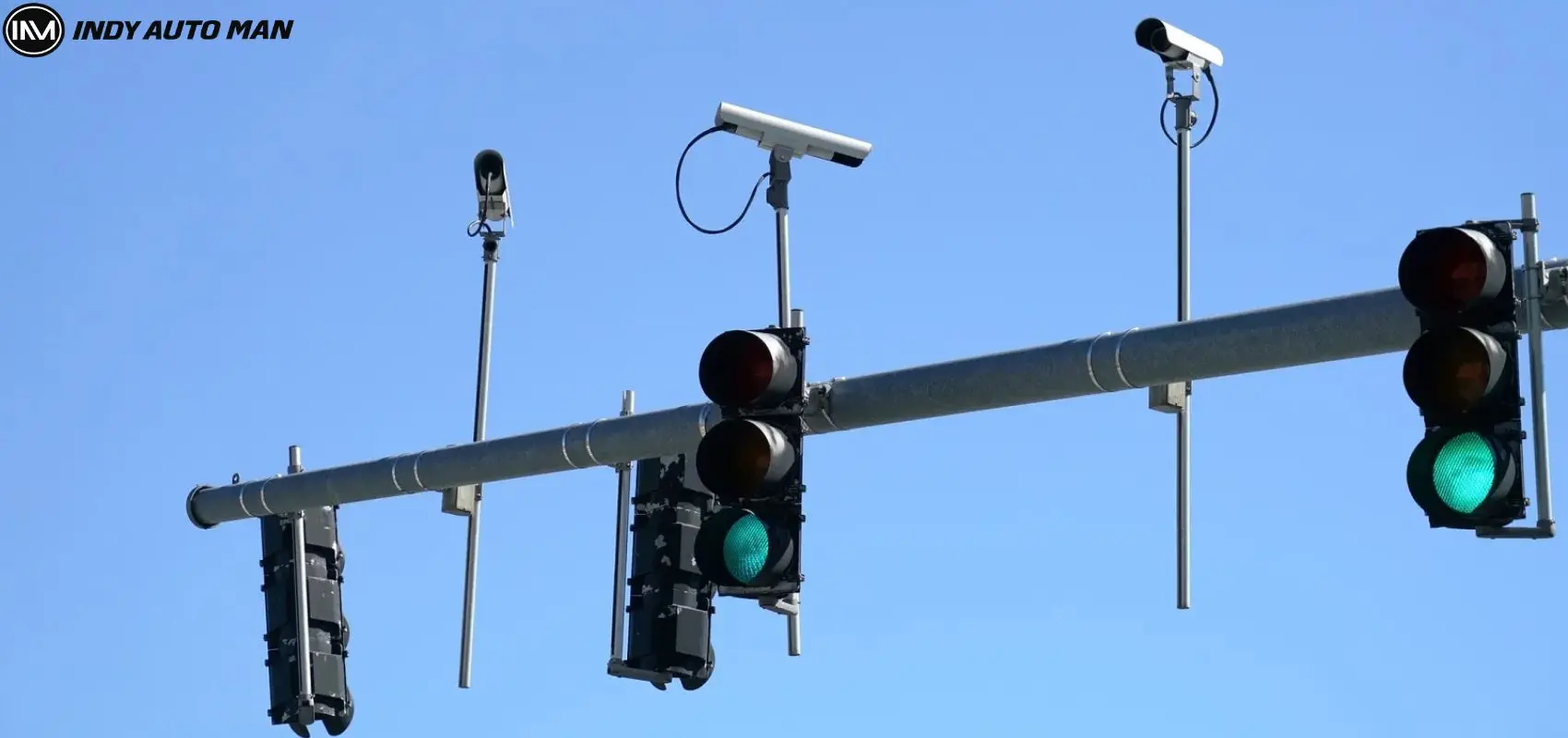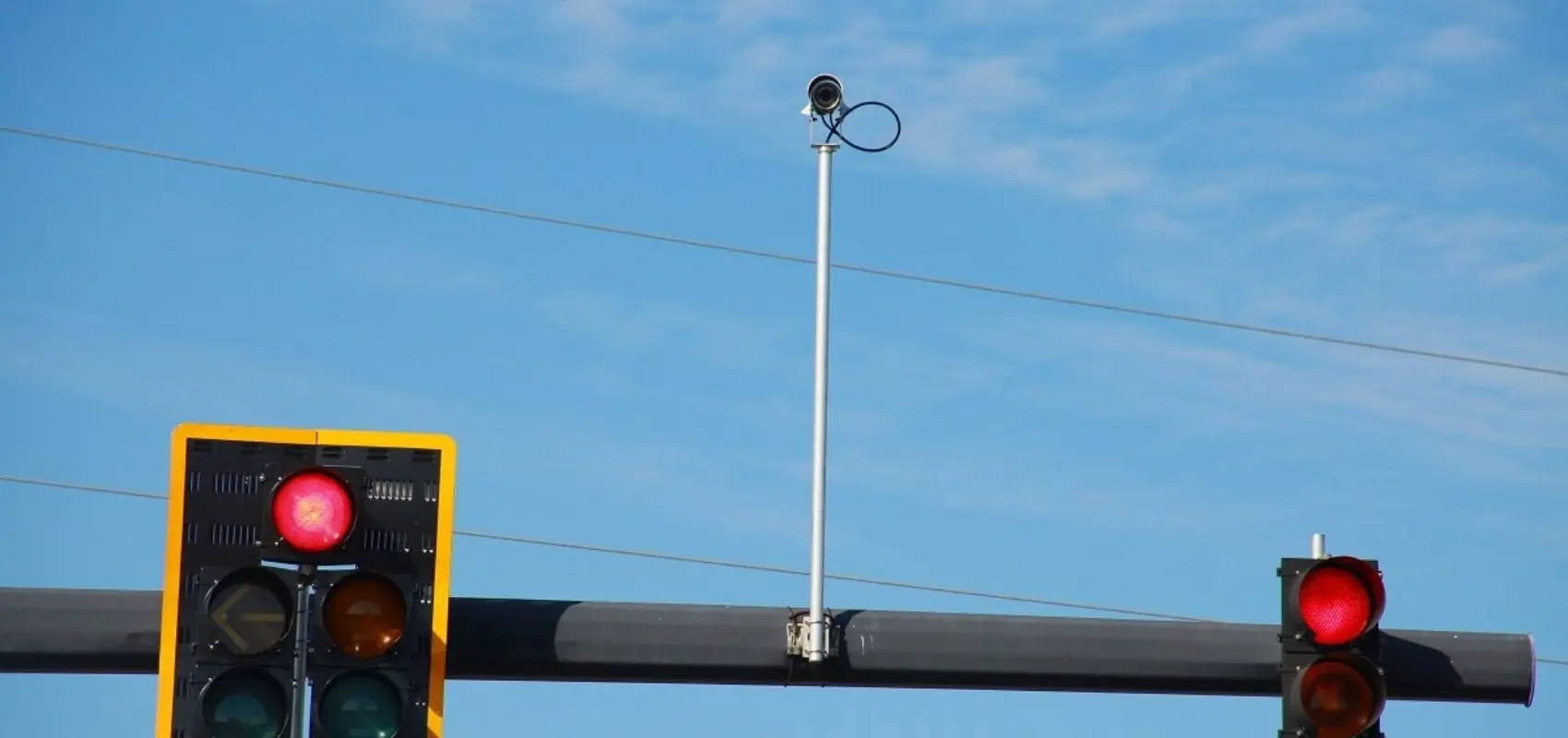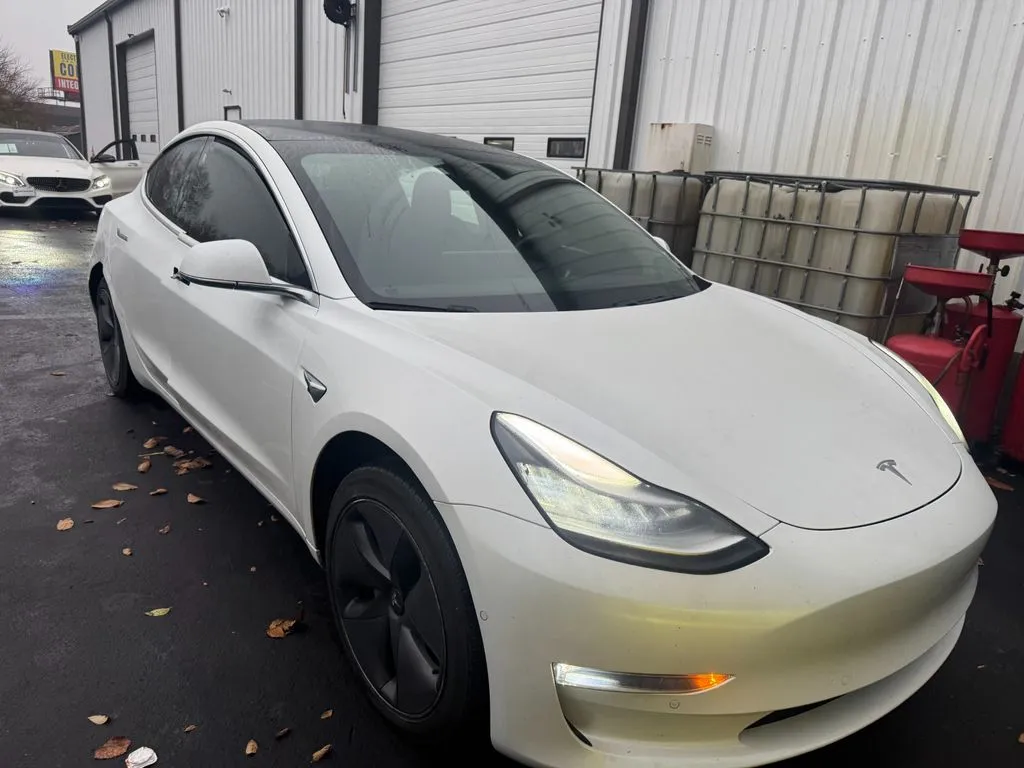Traffic Light Cameras in the USA: A Complete Guide
Table of Contents
- The purpose of traffic light cameras
- How do traffic light cameras work?
- How to identify traffic light cameras?
- Notifications and penalties: How do you know if you’ve been caught?
- Traffic light cameras on highways near Indianapolis
- Do red-light cameras always flash?
- How accurate are traffic light cameras?
- Are there cameras at every traffic light?
- How traffic light cameras impact road safety
- Controversies and challenges

Traffic light cameras, commonly referred to as red-light cameras, have become a significant part of the traffic enforcement landscape in the United States, including Indiana. These automated systems are designed to enhance road safety by discouraging drivers from running red lights, which can lead to serious accidents.
The implementation of these cameras has sparked debates about their effectiveness, legality, and ethical implications. In this guide, we will explore how traffic light cameras work, their presence on highways such as I-465, I-65, and I-70 near the Indy Auto Man dealership in Indianapolis, Indiana, and their overall impact on road safety.
The purpose of traffic light cameras
The primary goal of red-light cameras is to reduce traffic violations and improve road safety. These devices serve as a deterrent for motorists who might otherwise ignore traffic signals by capturing images of vehicles that run red lights.
How do traffic light cameras work?
Red-light cameras are equipped with motion sensors that activate when the traffic light turns red. When a car crosses the stop line after the light has changed, the camera captures multiple images of the violation, often including a video clip. Some systems provide a brief grace period after the light turns red to account for drivers who may not be able to stop immediately.
In most cases, the camera system uses induction loops embedded in the pavement to detect when a vehicle passes over them. If a car triggers both loops in quick succession while the light is red, the camera is activated. This ensures that only vehicles genuinely running a red light are photographed.
How to identify traffic light cameras?
Traffic light cameras can vary in appearance. Many are housed in large, square boxes that are yellow, silver, or white, while others resemble traditional security cameras mounted on poles or traffic signal arms. The visibility of these cameras is often intentional; jurisdictions want drivers to be aware of their presence as a deterrent against violations.
Notifications and penalties: How do you know if you’ve been caught?
If a red-light camera catches you, you will typically get a Notice of Violation in the mail within a specified timeframe, often around 14 days. This notice will detail the offense and provide instructions for paying the fine. In many states, the registered owner of the vehicle is held responsible for the violation, regardless of who was driving at the time. Drivers usually have an opportunity to contest the citation if they believe it was issued in error.
Traffic light cameras on highways near Indianapolis

In Indianapolis, traffic light cameras are strategically placed at various intersections and highways to enhance safety. Notably, highways such as I-465, I-65, and I-70 near the Indy Auto Man dealership have seen increased enforcement measures through these automated systems.
I-465, which encircles Indianapolis, is a major thoroughfare where traffic congestion can lead to aggressive driving behaviors. The installation of red-light cameras at key intersections along this highway aims to mitigate risks associated with running red lights during peak hours.
Similarly, I-65 and I-70 are vital routes for both local and interstate traffic. With heavy volumes of vehicles traveling at high speeds, the potential for accidents increases significantly at intersections where these highways intersect with local roads. The presence of red-light cameras serves as a crucial safety measure to ensure compliance with traffic signals and reduce the likelihood of collisions.
Do red-light cameras always flash?
Traffic light cameras do not always emit a flash like speed cameras do. Some speed cameras double as red-light cameras and may utilize an infrared flash that drivers cannot see. This can make it challenging to determine whether you have been captured on camera.
How accurate are traffic light cameras?
Red-light cameras are calibrated for a precision of 2%. Most inaccuracies stem from malfunctions or improper calibration of the equipment.
Are there cameras at every traffic light?
Not all traffic lights are fitted with cameras; however, they are quite common. These cameras are usually found at larger, busier intersections. Moreover, locations with a history of frequent accidents are more likely to be equipped with red-light cameras.
How traffic light cameras impact road safety

Traffic light cameras can lead to a significant decrease in red-light running violations and related accidents. Studies have shown that cities implementing these systems often experience a reduction in both fatal and non-fatal crashes at monitored intersections. While some critics argue that these cameras are primarily revenue-generating tools for municipalities, proponents emphasize their role in enhancing public safety.
Moreover, the data collected from these camera systems can help better understand traffic patterns and identify high-risk areas that may require further reconstruction. This information can lead to improved road designs, adding traffic intersections and gas and EV stations, better signage, and additional safety measures.
Controversies and challenges
Despite their benefits, traffic light cameras have faced criticism and legal challenges across the country. Opponents argue that they can lead to unjust fines for drivers who may have been momentarily distracted or unable to stop safely at a yellow light. Additionally, there are privacy and potential misuse of recorded footage concerns.
As technology evolves, many jurisdictions are exploring ways to improve the accuracy and fairness of red-light camera systems. Innovations such as advanced imaging recognition technology and better data analytics may address some of these concerns.
Traffic light cameras play a vital role in promoting road safety across the United States, including highways like I-465, I-65, and I-70 near Indianapolis. Be careful and follow traffic rules when visiting our dealership at 4031 South East Street, Indianapolis, IN. The Indy Auto Man team wishes you safe drives.
Pre-owned
Pre-owned
Pre-owned
Pre-owned
Pre-owned
Pre-owned
Pre-owned
Pre-owned
Pre-owned
Pre-owned
Pre-owned
Pre-owned
Pre-owned
Pre-owned
Pre-owned















































































